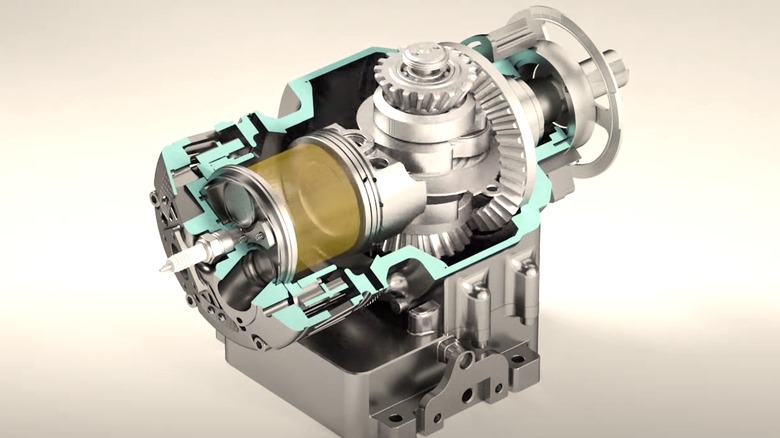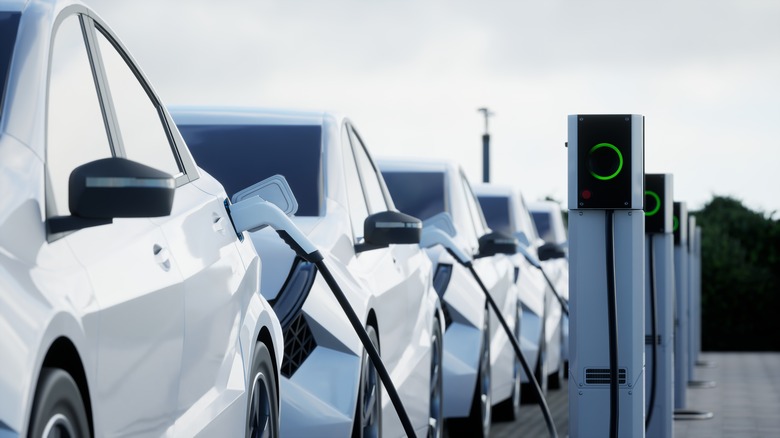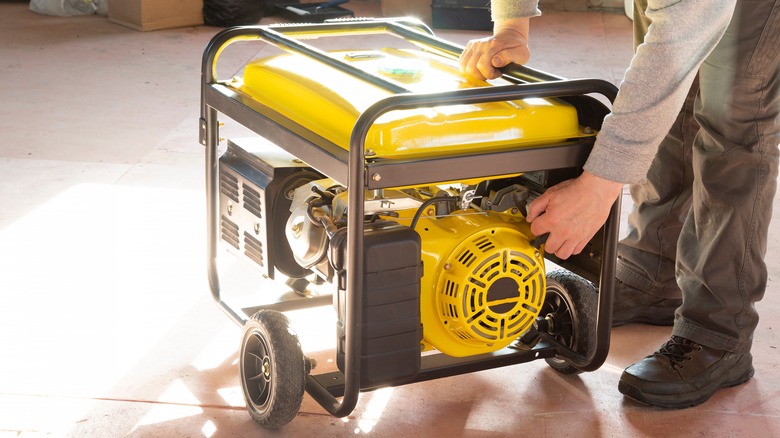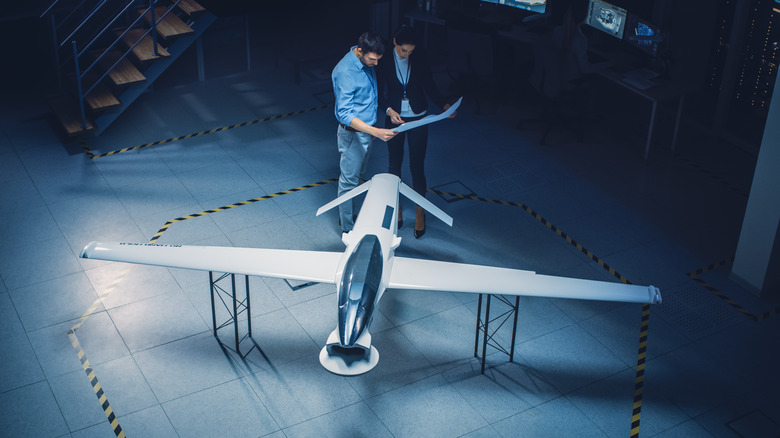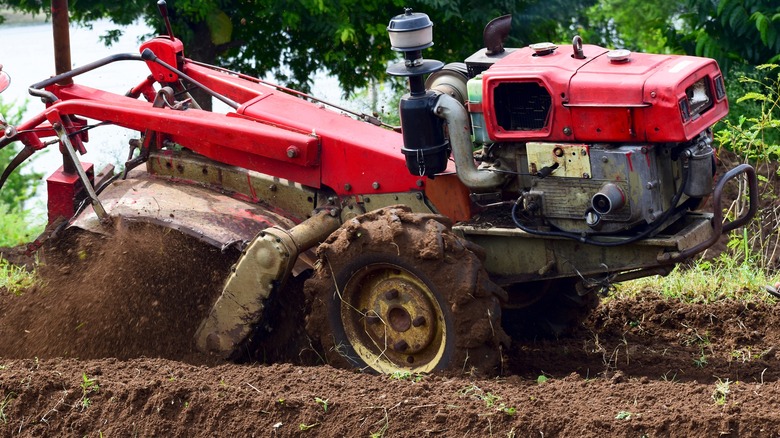5 Applications For Avadi MA-250 Engine (If You Can Get One)
Even as companies continue to develop renewable energy sources designed to reduce the world's reliance on fossil fuels, we are likely still decades away from phasing out the internal combustion engine (ICE), and in some parts of the world, ICEs may never completely disappear. As such, some engine designers are seeking instead to build ICEs that are lighter and more fuel-efficient than those from generations past.
One of those outfits is Avadi Engines Inc. based in Yakima, Washington. Avadi has developed an innovative single-piston, 4-stroke engine that it claims ranks among the lightest and most fuel-efficient in the world. It's called the MA-250, and it's capable of producing an impressive 15.8 horsepower at 3700 rpm and 22.3 lb-ft of torque at 3500 rpm. While not yet powerful enough for full-size cars and trucks, such output should make the MA-250 an intriguing option for anyone looking for a fuel-efficient ICE to power smaller vehicles and machinery.
As it happens, getting your hands on an MA-250 could be tricky, as Avadi is still in the early stages of production and has not yet made the engine available on the consumer market. In fact, as of this writing, the company is asking that you contact them directly with the specs and scope of your power needs to determine if an MA-250 is a good fit. But if you're interested in eventually getting your hands on one anyway, here are a few practical applications for the MA-250, according to the Avadi team.
The MA-250 could be an onboard power source for hybrid vehicles
Over the last couple of decades, many automakers have turned to hybrid and electric cars, trucks, and SUVs to sway consumers away from vehicles that run exclusively on internal combustion engines. While great strides have been made in the hybrid and plug-in hybrid market, these vehicles still require a secondary onboard power source to generate enough energy to run the vehicle's drive motor and help serve any internal power needs. To achieve this, an ICE is often the go-to secondary power generator.
The problem with that solution is, of course, that ICEs operate by burning fossil fuels, thus negating, in part, the goal of eco-friendly vehicles. While hybrids help limit harmful emissions generated by ICEs, some consumers may still be annoyed at the vehicle's emissions footprint. As Avadi's MA-250 is a fossil-fuel burning ICE itself, the engine will not solve this problem entirely. But according to Avadi, the engine's lightweight build and innovative design make it far more fuel-efficient than a traditional ICE, which should greatly reduce the amount of harmful emissions produced.
Per Avadi's claims, their engine should also be scalable enough to potentially one day power a car, truck, or SUV. But even if the MA-250 is not quite at that stage of development, the current build could still prove a significant upgrade as a secondary power source for hybrids and plug-in hybrids.
Avadi's engine can already power some motorcycles and other smaller vehicles
While Avadi's MA-250 may not be ready to power a full-size automobile, the tiny engine should be more than capable of helping smaller vehicles rev up and hit the road. For instance, the MA-250's power output could easily power some two- and three-wheel motorcycles as well as many of the various mopeds currently available on the consumer market.
To be clear, the MA-250 will not generate anywhere near the powerful output of an engine like Harley-Davidson's famed Screamin' Eagle or its various Milwaukee-Eight builds. So, if you're on the hunt for an engine that'll get your Harley or street-racer cruising down the freeway in a flash, Avadi's engine will likely not suffice. But for smaller bikes and mopeds primarily used for kicking around the city at a comfortable pace, an MA-250 could very well do the job while also limiting the air pollutants created by traditional ICEs.
According to Avadi, the MA-250 could also be an emission-limiting power option for many leisure vehicles available to consumers, such as ATVs, snowmobiles, and small boats. As with motorcycles, the only issue may be that the engine won't be able to match the output created by engines currently powering those machines. But with Avadi's claims that the MA-250 is a readily scalable engine, that may not be the case for long.
The MA-250 should be able to run a portable power generator
With power-disrupting extreme weather events on the rise and concerns over available power sources plaguing most of the developed and undeveloped regions of the world, many are turning to portable power sources as a means of keeping the proverbial lights on when other sources of energy fail. Apart from those more extreme examples, a reliable portable power generator can also come in handy when you're stuck at an off-the-grid worksite, or even just taking the fam out for a weekend adventure with a few powered creature comforts in tow.
Of course, it takes fuel to create the power required for a generator to run. While there are a lot more solar powered options on the generator scene these days, many are still run by smaller internal combustion engines that feed on fossil fuels. Apart from fully eliminating the need of gasoline to fuel portable power generators, a more fuel-efficient option like Avadi's MA-250 would no doubt be a welcome upgrade for folks looking to limit their footprint in the wild while still powering a device or two.
Likewise, a cleaner-burning ICE may be of particular interest to military outfits who regularly employ the use of portable generators in the field. Such applications may also be invaluable in helping maintain the function of cooling and refrigeration units in mobile facilities as well as outposts that are more permanent in nature.
Unmanned aerial vehicles and light aircraft can reportedly be powered by an MA-250
Speaking of the military applications in play for a small but potent engine like the MA-250, its ability to power an unmanned aerial vehicle (UAV) could be of particular interest. After all, in the modern world military outfits across the globe are more and more opting to deploy UAVs and drones instead of human beings to study enemy territory and even deliver weapon payloads.
There are, of course, many UAVs and drones that operate on alternate sources of energy, and others that use a mix of battery and gas power. However, arguments could be made that ICE-enabled devices are faster, more efficient, reliable, and easier to maintain, though the fact that they're equipped with a combustible fluid makes them more susceptible to, ya know, fires and explosions. Nonetheless, a lightweight, fuel-efficient MA-250 could be a game-changer for both military outfits and emergency responders who need to survey a disaster area before they go charging in.
Given that MA-250s could be used to power a heavy UAV, it's not surprising that Avadi is also claiming the engines might also be suitable to give flight to smaller light-sport aircraft and paragliders. However, it's unclear on the company's website what the exact parameters are concerning utilizing the engine in such a vehicle, so you'd need to ask Avadi's team if an MA-250 is the right fit for your aircraft.
MA-250s could significantly reduce fuel consumption in industrial machinery
The agricultural industry has long been reliant upon heavy-duty machines that require a considerable amount of fuel to operate, thus creating a significant amount of harmful emissions. Many of the companies behind these fossil-fuel devouring monsters are thankfully trying to develop alternate sources of power that will still allow their machines to efficiently get the job done. Still, it will likely be some time before any of the bigger machines on a working farm run on anything other than gasoline. The same can be said for the various gas-powered devices you might find on an industrial worksite.
While we might have to wait and see if Avadi's MA-250 is scalable enough to one day power machines like a combine harvester, the fuel-efficient engine should be strong enough to power smaller tractors, lawn mowers, and tillers. On a worksite, the current build of the MA-250 is, perhaps, better suited to powering mobile generators, but the engine may also be able to run smaller gas-powered machines such as trenchers, air compressors, or potentially even a low-horsepower mini excavator. However you use an MA-250 on the farm or worksite, the financial benefits of gas-guzzling machines running on lighter, fuel-efficient engines should be obvious.
